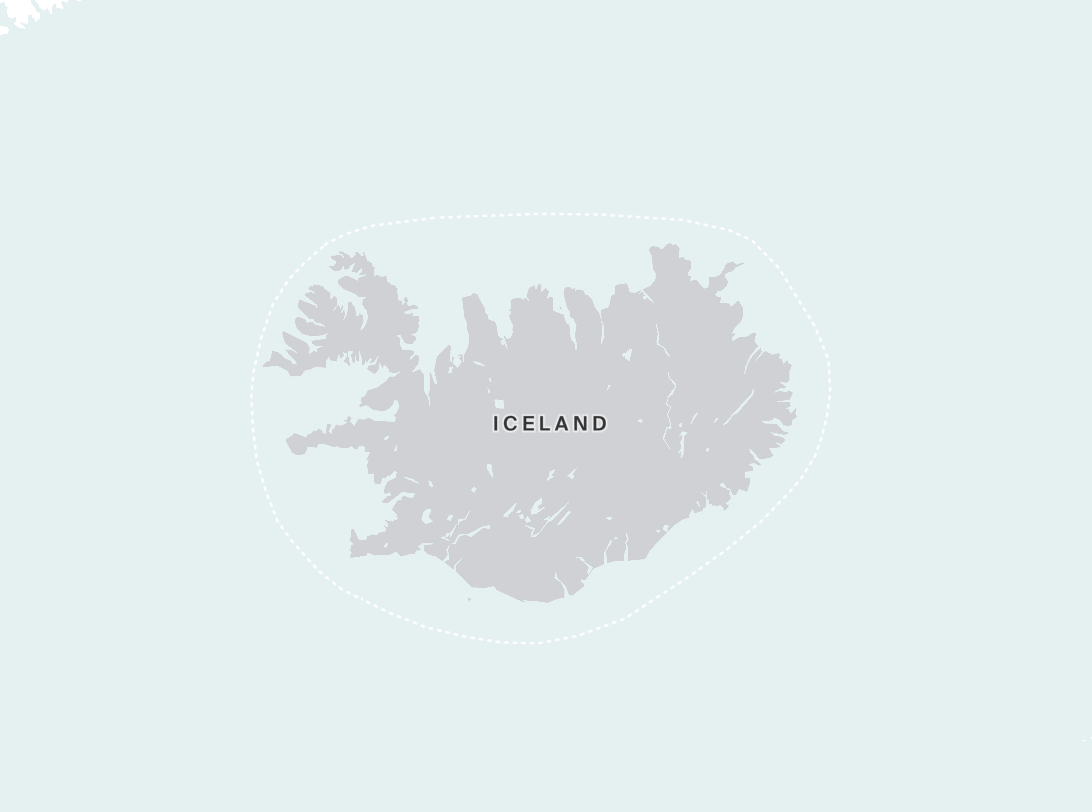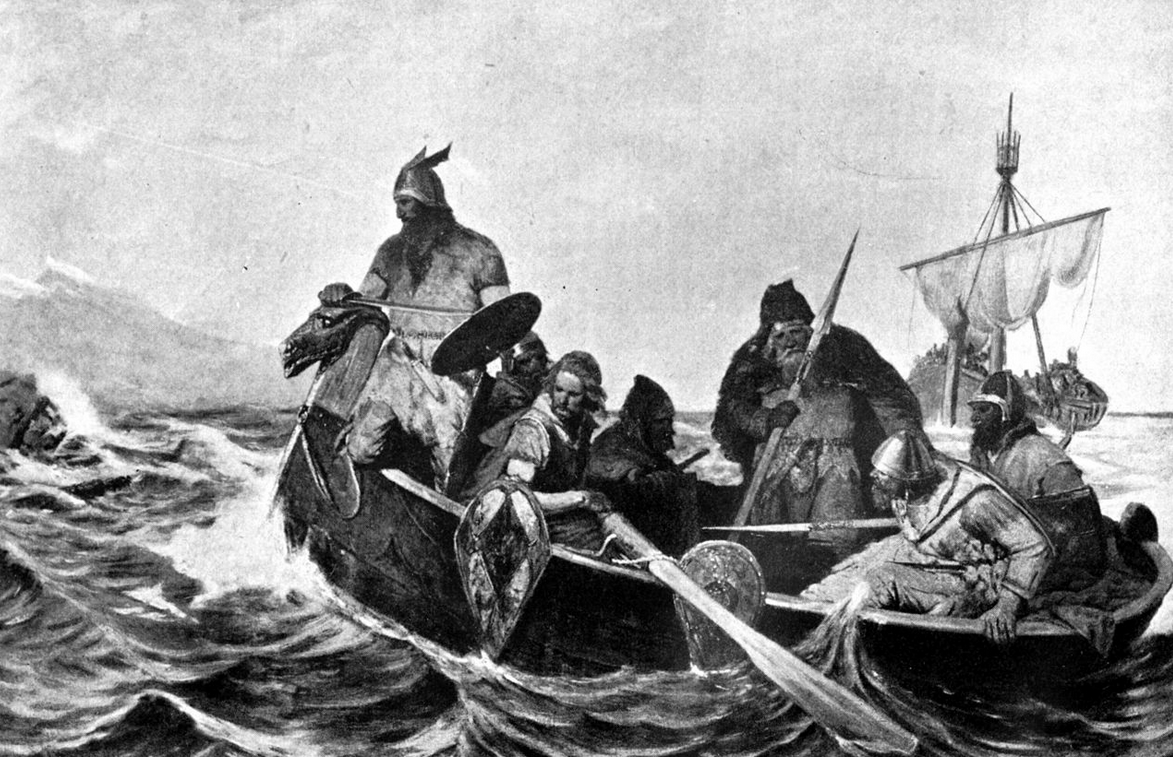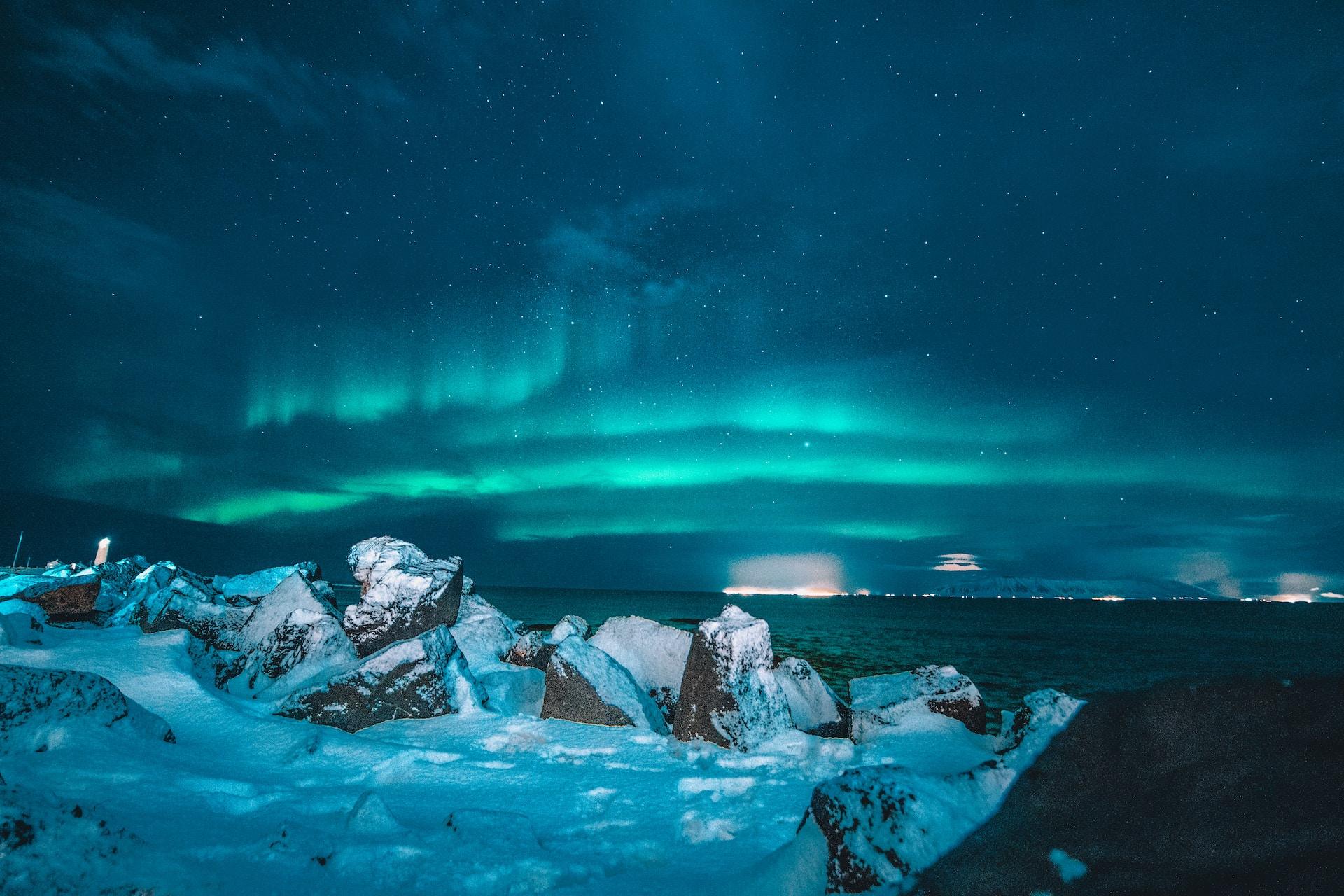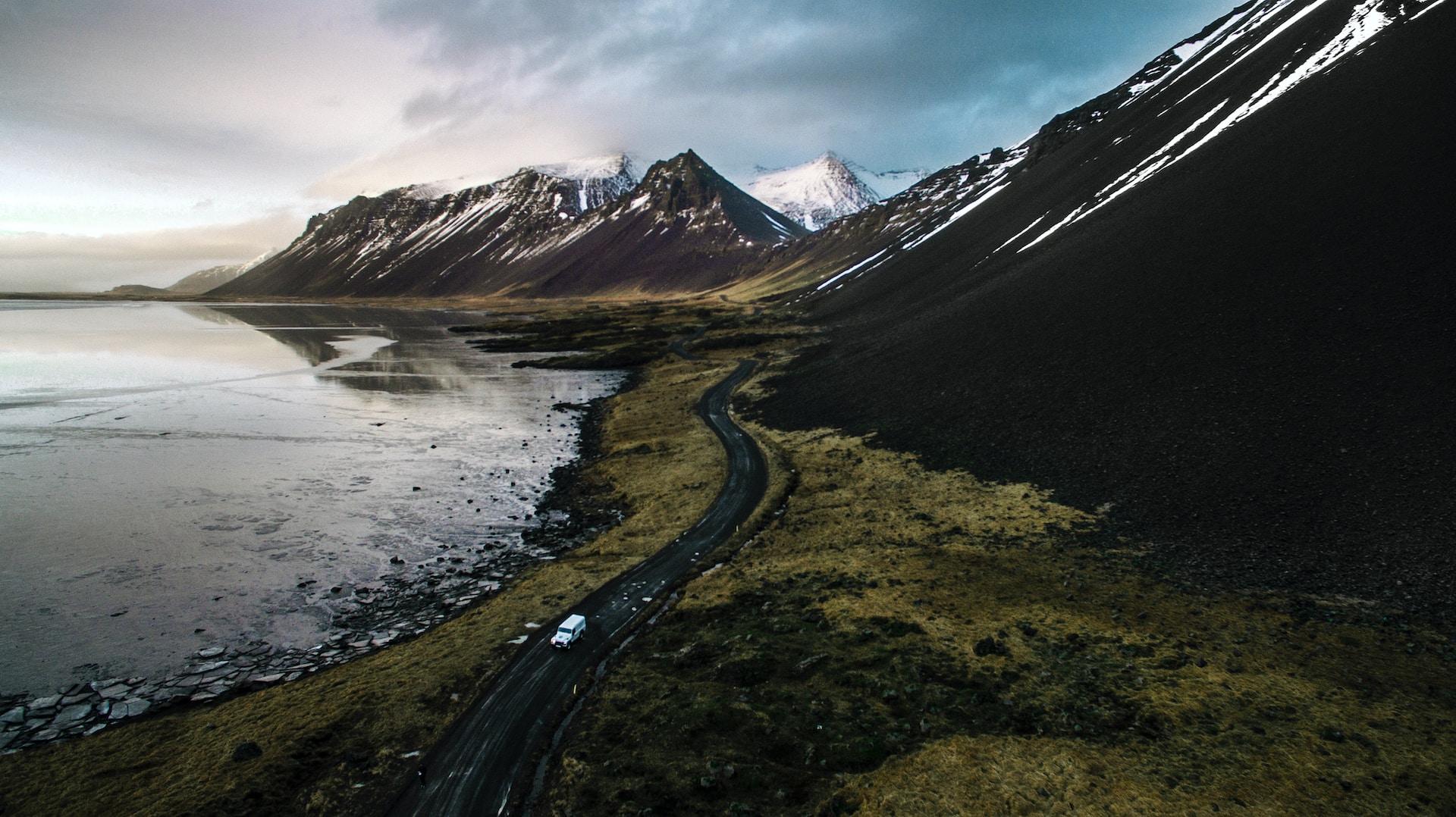What is Iceland DNA Ethnicity on Ancestry?
The results of our AncestryDNA tests may sometimes be what we expect or on occasion may be a big surprise. Either way, often we need a little more information regarding some of the regions that arise in our ethnicity estimates.

One region that is not at all uncommon is the Iceland DNA region. Those who still live in this region already understand all about its history and culture. There are others, however, who may never have even visited or in fact been aware that they have ancestors from that area.
In this post we will go into more detail with regards to the history, geography and culture of the Iceland region. We will also discuss what it means to be from this region and how easy or difficult it might be to trace our roots in the Iceland Region.
What Is the Iceland DNA Region?
The Iceland DNA region is considered an additional European region which concentrates on the island of Iceland located in the North Atlantic. It sits to the west of the Scandinavian peninsula and to the east of Greenland.

Iceland Region History
The Monks
Unlike most DNA regions Iceland does not really have a human prehistory to speak of and its human habitation began relatively recently. Medieval Icelandic writings indicate that the first people to take residence on Iceland were a group of monks known as the Papar.
These were believed to be a group of Irish monks who developed a hermit-like existence on the island up until shortly after the arrival of the Norse from the west. The Papar, according to Icelandic writings, disliked the lifestyle of these Norse newcomers and left the island never to return.
Scandinavians
It was a Swedish explorer Garðar Svavarsson who was the first to circumnavigate Iceland in 870 AD and would actually winter on the island going so far as to build himself a house there in Husavik. He would leave the following summer leaving behind one of his men, Náttfari.

Náttfari would settle on the island with two slaves he kept with him in a region that is known today as Náttfaravík. They would become the first permanent documented residents of Iceland. A few years later a Norwegian Chieftain Ingólfr Arnarson built his homestead in present-day Reykjavík in 874. This would instigate a wave of Norwegian immigrants who came with their slaves. These slaves were generally of Scottish and Irish ancestry.
Norway History
Around 12,500 years ago the last ice age ended and vast glaciers receded north from northern Europe. As the sheet of ice moved northward it exposed the land of what is today the Scandinavian Peninsula. This new land was quickly explored by stone age mainland Europeans who traveled north between 9,000 and 1800 BC.
These hunters and gatherers followed herds of animals with the hunters ranging the furthest north in search of game. This would bring them to the region we know today as Norway.
Early Norwegians
Sharing a common ancestry with the people who settled in Denmark and Sweden, the people of what is now modern-day Norway consisted of the hunters who traveled further north. In this region remnants of the ice age hung onto the northern coast of the Scandinavian Peninsula making for harder and colder conditions.
The early settlers of Norway mainly hunted and fished to survive with a few starting very primitive farms as well. It wasn’t until around 2500 BC that the ice age finally fully receded from Norway making it possible for more settlers to arrive.
Farming began to take over hunting although fishing remained an important source of food. During this same period, new nomadic peoples arrived in Norway. The Sami traveled to and settled in Norway from somewhere in Eurasia. They were reindeer herders, hunters and fishermen and they still exist today holding on to many ancient practices.
Norwegian Vikings
As with the Vikings that developed in Sweden and Denmark the Norse of Norway developed as a result of the Scandinavian iron age (500 BC – 800 AD). They traveled by sea to the west interacting with the Gauls and the Roman Empire from (1 – 800 AD).
The Norwegians acted as mercenaries and traders throughout this period developing a ferocious reputation. They did not trade as much as the Swedish and Danes but were most often raiders who would settle in other regions when they could.
Christianity
In the early years the traditions of the Norse would dominate the region however by around 1,000 AD Christianity had taken over as the dominant faith. Norse Paganism however did persist in some regions of Iceland for some years afterward.
Loss of Independence
The Icelandic Commonwealth would last until around the 13th century. This is when the political system that had been devised by the original settlers proved no longer able to cope with the increasing power of Icelandic chieftains.
Internal struggles and civil strife during the Age of the Sturlungs would lead to the signing of the Old Covenant in 1262. This would end the Commonwealth and bring Iceland under the rule of the Norwegian crown. Possession of the island of Iceland would pass from the Kingdom of Norway to the Kalmar Union in 1415, upon the unification of the kingdoms of Norway, Denmark, and Sweden. When this union broke-up in 1523, it would remain a Norwegian dependency, as a part of Denmark–Norway.
Independence
With the Danish–Icelandic Act of Union, an agreement between Iceland and Denmark which was signed on 1 December 1918 the country became a fully sovereign and independent state. The act also declared the country as in a personal union with Denmark.
The Government of Iceland would establish an embassy in Copenhagen and request of Denmark that it carry out on its behalf certain defense and foreign affairs matters.
How Did You Get Iceland Region DNA?
If you already know that you had family who came from Iceland or any of the bordering states then you know why you have Iceland region DNA. If this result came as a surprise you may not know how exactly you came by DNA from this region.

If you have a sizable percentage of DNA from this region then it is likely you have an ancestor who was born in or close to the country of Iceland.
Is the Result Accurate?
When it comes to ethnicity estimates the higher the percentage you have from a certain region the more likely it is to be accurate. If your percentage is low, however, then it is harder to pinpoint exactly where your most recent ancestors came from.
A low result could mean a distant ancestor from that region. It is best to focus on your highest rated region's matches to determine where your ancestors came from more recently. A low percentage can often be hard to locate because the ancestor in question could be many generations back in your tree.
How to Research my Ancestry from These Regions
The results of a DNA ethnicity test are of course a great place to start especially if there is an unexpected result found in the report. As always of course the DNA cannot tell the whole story and we need to actually do the research work.
A percentage on an ethnicity estimate means very little unless you follow through and start building up your family tree. The relevant ancestors may be several generations back and it may take a lot of research to discover who they were.

If you have specific regions mentioned in your report then you have a good idea of where your ancestor may have originated from. Ancestry DNA even has migratory information from some of these regions through to the final settlement places in the United States or elsewhere in the world.
Using Ancestry you may be able to determine not only who your ancestors were but where they are from in the region and perhaps the reason they decided to move.
Icelandic Migration
Norsemen from Greenland and Iceland were the first Europeans to reach North America making landfall in what is today known as Newfoundland, Canada. It was an Icelander Leif Ericson who first reached North America via the Norse settlements in Greenland around the year 1000.
It is generally accepted that these Norse were the founders of the L'Anse aux Meadows settlement in Vinland. It is uncertain just how far they explored past the Canadian Maritime Provinces, it is certain however that the settlements were abandoned after a short time due to conflicts with the native tribes of the region.
Later Icelandic Immigrants
The first Icelanders to migrate to North America after the time of Vikings were three Mormons who would leave the Westman Islands bound for Salt Lake City, Utah, in 1855. A further Eleven Mormon converts would leave Iceland for North America between 1854 and 1857.
Some time later nine Icelanders would settle in the town of Spanish Fork, Utah, along with other Scandinavians. Over the next two decades, small groups of Icelanders would come to join the settlement from time to time.
Skilled artisans, trades-persons, or farmers, the Icelandic immigrants brought with them useful skills for the frontier, although it was some time before they could use those skills in gainful employment. This is because the United States suffered an economic depression in the mid-1870s. Jobs were scarce leaving newly arrived Icelanders with little English, struggling to find work.
The Icelandic settlers took laboring jobs as unskilled factory workers, woodcutters, and dockworkers in Milwaukee. These menial jobs would supply the resources for survival and to allow the Icelanders a chance to build up to the skills and resources to enter farming an industry that they may have been involved in in their homeland.
Final Thoughts
The Icelandic DNA region is connected very closely to the history of Norway meaning that the uniqueness of the Norse DNA is strong in Iceland even today. Along with the Norwegian and to a lesser extent Swedish and Danish immigrants to Iceland slaves from the British Isles would make up the early population.
A hard and harsh island on which farming is hard the Icelanders have thrived by using the ocean that surrounds their home and persevering with the limited farmable land they had available. When farmable land began to run out Icelandic immigrants traveled to the new world and through struggle worked their way to prosperity there as well.
Link To or Reference This Page
We spent a lot of time downloading, cleaning, merging, and formatting the data that is shown on the site.
If you found the data or information on this page useful in your research, please use the tool below to properly cite or reference Name Census as the source. We appreciate your support!
-
<a href="https://namecensus.com/blog/what-is-iceland-dna-ethnicity-on-ancestry/">What is Iceland DNA Ethnicity on Ancestry?</a>
-
"What is Iceland DNA Ethnicity on Ancestry?". NameCensus.com. Accessed on May 7, 2024. https://namecensus.com/blog/what-is-iceland-dna-ethnicity-on-ancestry/.
-
"What is Iceland DNA Ethnicity on Ancestry?". NameCensus.com, https://namecensus.com/blog/what-is-iceland-dna-ethnicity-on-ancestry/. Accessed 7 May, 2024
-
What is Iceland DNA Ethnicity on Ancestry?. NameCensus.com. Retrieved from https://namecensus.com/blog/what-is-iceland-dna-ethnicity-on-ancestry/.
